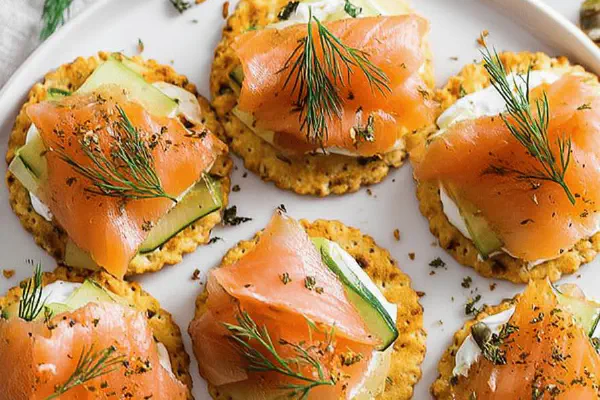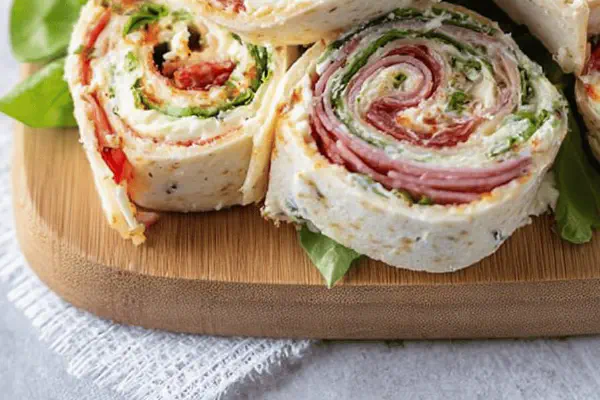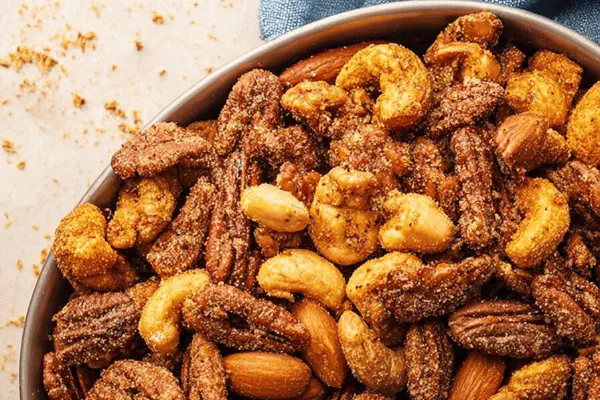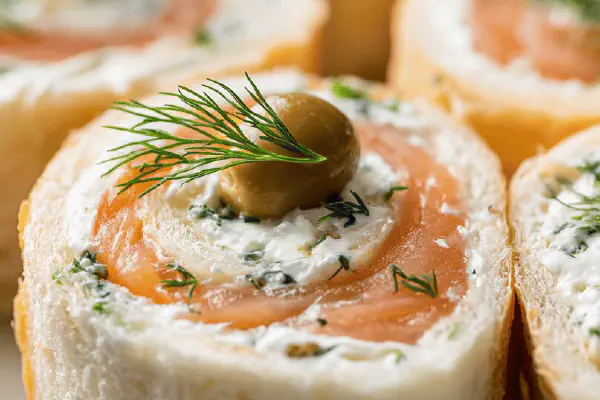Featured Recipe
Triple Cheese Parmesan Fondue Bites
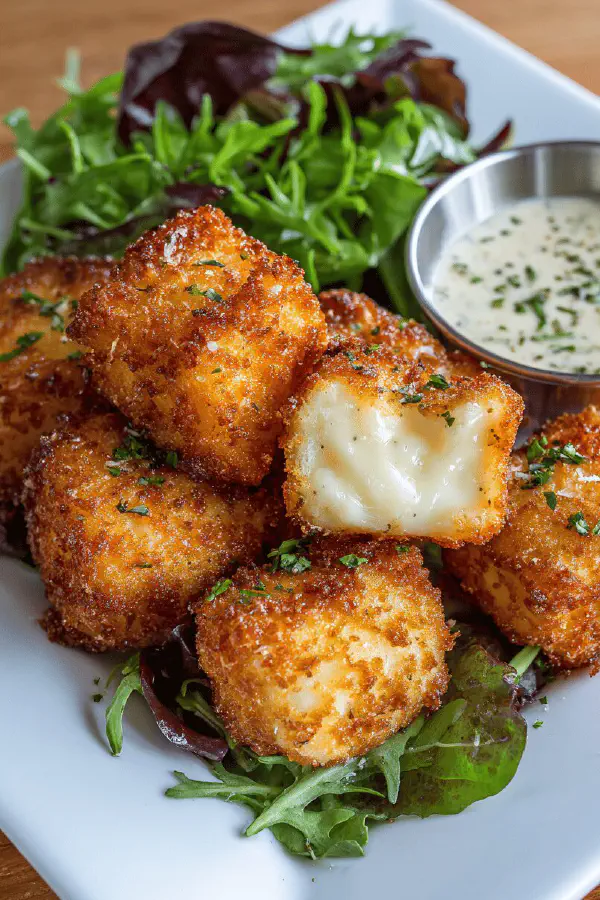
By Kate
"
Crunchy fried cheese bites combining parmesan, fontina, mascarpone, and a touch of cheddar for bite and melt. Creamy base cooked gently, thickened with roux then cooled to firm up. Crusted in flour, eggs, and panko for crust that crisps without sogginess. Deep-fried in oil, timed by golden edges and sizzle intensity. Serve with peppery greens, textures contrasting soft interiors with crunchy coating.
"
Prep:
25 min
Cook:
15 min
Total:
40 min
Serves:
36 pieces
cheese
appetizers
snacks
fried food
party food
Introduction
Forget melting pot, go hand-held. Cheese bites built from classic béchamel thickened with butter and flour, milk drawn in gradually. That’s the base, creamy, warmed gently. Parmigiano reggiano and fontina bring nuttiness and stretch; sharp cheddar cuts through the richness; mascarpone bonds the whole silky, melts into a velvety ribbon. Egg yolk folded in to bind but not cook yet–timing vital. Pour, chill. Firm up before slicing precise cubes. Crisp them right, coating panko crust glued well through flour rest, egg bath. Oil around 175°C, listen for whispering bubbles, watch for glowing gold edges, turn swift. Crispy, creamy, bite size—easy to share with salad bright and bitter. Technique demands you learn hot versus cold, runny versus firm, subtle differences of dough melting, crust snapping. Respect the timings, textures, and patience.
Ingredients
Coating
- 2 eggs lightly beaten
- 250 ml panko bread crumbs
- Vegetable oil for frying, enough for 5 cm depth
About the ingredients
Butter micro adjusted downward to reduce greasiness; flour amount lightened to prevent overly thick dough. Warm milk speeds cooking and prevents lumps. Three cheeses varied: fontina softens unlike gruyère; cheddar added sharpness in place of mascarpone excess. Mascarpone reduced slightly to control fattiness, introduce cheddar for punch. Flour for dredging replaced with all-purpose—fine grind for smooth crust. Panko preferred over standard breadcrumbs for crisp, airier surface; breadcrumbs tend toward heavier, denser crust absorbing oil. Eggs used whole in coating for adhesion. Substitutions possible: margarine or neutral oil instead of butter; fontina with emmental or mozzarella (less flavor, more stretch).
Method
Preparation
- Line an 18 cm square pan with plastic wrap leaving overhang; ensures easy unmolding.
- Melt butter gently in medium saucepan over medium heat. Stir in flour immediately to make a roux; cook 1 to 1 1/2 minutes, stirring constantly. Roux should smell nutty but not brown—no burnt taste.
- Slowly whisk in warmed milk bit by bit, fully incorporating before adding more. This prevents lumps. Bring mixture to just below boiling while stirring as it thickens, thick enough to coat the back of a spoon.
- Remove from heat. Stir in parmigiano reggiano, fontina, cheddar and mascarpone. Wait for cheeses to melt fully into the béchamel—should become glossy and creamy. The mascarpone softens the texture; cheddar adds sharpness.
- Add egg yolk, mix through rapidly but gently so the curd doesn’t cook now. Season well with salt and cracked black pepper.
- Pour hot cheese custard into the pan. Use a spatula to smooth the surface, pressing gently to eliminate air pockets. Cover tightly with plastic wrap directly touching the surface to prevent skin formation. Refrigerate minimum 3 hours or overnight until completely firm; overnight preferred for best cutting.
- Unmold cheese block onto a clean board. Cut into approximately 36 evenly sized cubes (about 2.5 cm each). If pieces crumble, refrigeration time was insufficient.
- Set up three shallow containers for flour, beaten eggs, and panko crumbs. Dredge each cube first in flour (shake off excess), then dip into egg wash, finally coat thoroughly with panko, pressing lightly to adhere well. This triple layer is key for crisp crust that holds cheese inside.
- Place coated cubes on a baking sheet just until ready to fry to avoid sogginess.
- Heat oil in deep skillet or heavy-bottomed pot to medium heat; 170-175°C ideal for frying. Use a thermometer if available. Too hot = burnt exterior, cheese not melted; too low = greasy, undercooked coating.
- Carefully add batches of fondue bites to oil; do not crowd pan—give them room to turn golden evenly.
- Fry 1 1/2 to 3 minutes per side, adjusting based on sizzle sound and color. Golden edges plus a faint bubbling crackle means crust is crisp. Internal cheese should be soft and fluid but not leaking.
- Drain fried bites on paper towels to remove excess oil.
- Serve immediately alongside a peppery salad or tart fruit chutney. The contrast of hot creamy cheese and fresh greens is balance.
- Butter can be replaced with margarine or oil but flavor changes slightly.
- Fontina can be swapped with Emmental, Gruyère, or even mozzarella for a milder taste and stretchiness. Avoid very hard cheeses only—will be too dry.
- Cheddar optional but recommended for flavor punch.
- If no panko, use Italian-style breadcrumbs or crushed cornflakes for crunch. Regular breadcrumbs tend to be too dense.
- If oil temperature difficult to measure, drop a pinch of bread crumbs; if sizzles immediately and rises, oil’s hot enough.
- Double dredging (flour-egg-flour-egg-panko) is possible for extra protection but makes a thicker crust; directly impacts bite experience.
- Store leftover cooked bites still warm in a low oven to maintain crispness, do not cover tightly or steam forms.
- Cooling cheese custard completely is crucial to avoid melting apart during frying—patience here is kitchen gold.
- Over-frying leads to greasy texture and dried out centers. Under-frying causes crunchy coating but unmelted cheese inside.
Assembly
Frying
Tips and Substitutions
Technique Tips
Start by making smooth roux, careful heat control key so it doesn’t brown too much—nutty smell indicates readiness, darkening ruins flavor. Add milk warmed to avoid shock and clumps. Whisk constantly until mixture thickens to nappe stage—when it coats spoon thickly but still slides off easily. Remove from heat immediately to add cheeses—failed timing leads to graininess or tough strings. Incorporate eggs off heat to avoid scrambling; fold quickly but gently. Pour hot mixture into lined pan to set; press plastic wrap down to avoid skin formation which ruins texture and slicing. Fridge time minimum 3-4 hours; overnight recommended for firm cutting and neat cubes. Coat cubes in flour–egg–panko to build crust that resists frying oil infiltration. Heat oil steady at 170-175°C—test with bread crumb; adjust burner accordingly. Fry in batches to keep temperature consistent. Flip carefully once edges golden, cook other side similarly. Drain thoroughly on paper towels to keep crust crisp. Serve immediately; reheat in oven if delayed to refresh crunch without melting cubes into puddle.
Chef's Notes
- 💡 Key to roux—focus on heat control. Cook just until fragrant. Nutty scent tells you it’s ready. Too dark? Bitterness ruins flavor.
- 💡 Milk should be warm. Avoid curdling. Whisk constantly. Mixture thickens; coats spoon without lumps. That's when you stop.
- 💡 Refrigerate long enough. Overnight is best. Cold sets it firm. If it crumbles, didn't chill enough. Precision is crucial.
- 💡 When frying, keep batches small. Temperature dips ruin coating. Watch closely. Timing matters; golden edges mean crispy, not greasy.
- 💡 For crust, panko is your friend. Light, crispy. If using regular breadcrumbs, they add density, less crunch. Try cornflakes if no panko.
Kitchen Wisdom
Can I use different cheeses?
Yes, but choose wisely. Emmental can replace fontina. For cheddar, sharpness adds a punch. Avoid super hard cheeses.
What if it’s too oily?
Check oil temp. Should be consistent 170-175°C. If too low, coating absorbs oil. High temp burns outside before melting inside.
How to store leftovers?
Keep warm in low oven. Don’t cover tightly. Steam forms, makes crust soggy. If too much left, reheat in hot oven.
What's the deal with frying?
Don’t crowd the pan. Golden edges mean crisping well. If too dark, it's charred. Struggle between timing and temperature.
